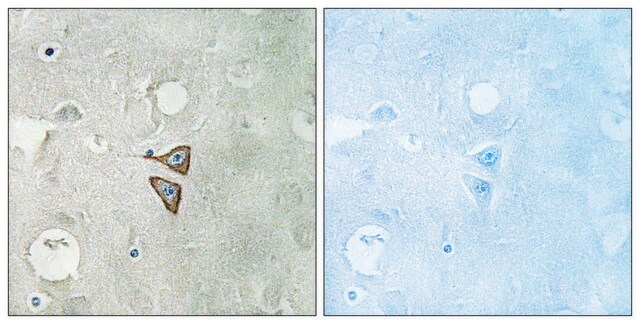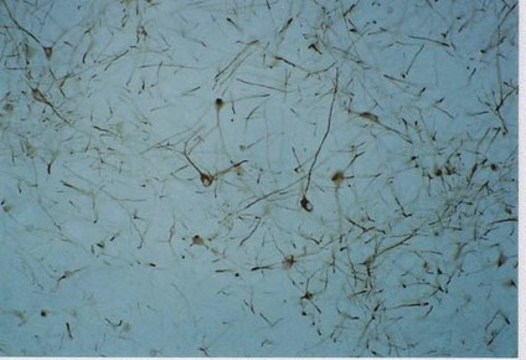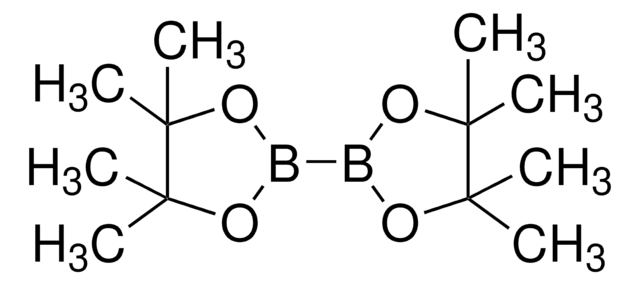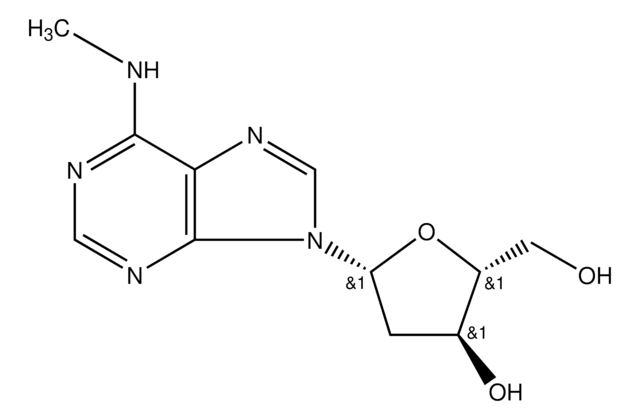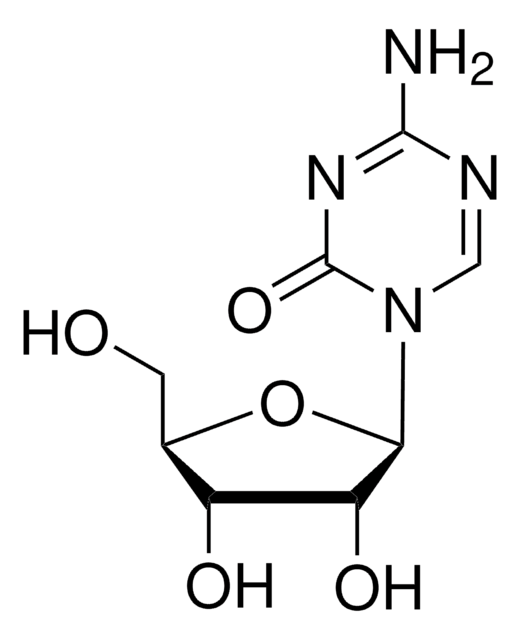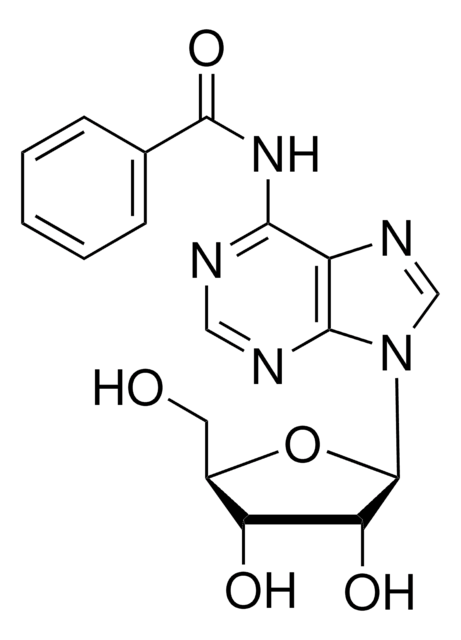Kluczowe dokumenty
O0382
Anti-Opioid δ Receptor antibody produced in rabbit
whole antiserum, lyophilized powder
About This Item
Polecane produkty
pochodzenie biologiczne
rabbit
Poziom jakości
białko sprzężone
unconjugated
forma przeciwciała
whole antiserum
rodzaj przeciwciała
primary antibodies
klon
polyclonal
Formularz
lyophilized powder
masa cząsteczkowa
antigen ~55 kDa
reaktywność gatunkowa
mouse (predicted), rat
metody
immunocytochemistry: 1:800 using PLP fixed rat brain sections
western blot: 1:800 using whole brain homogenate
numer dostępu UniProt
Warunki transportu
wet ice
temp. przechowywania
−20°C
informacje o genach
mouse ... Oprd1(18386)
rat ... Oprd1(24613)
Opis ogólny
δ-Opioid receptors (DOR) are located postsynaptically on pallidostriatal feedback neurons. DORs also modulate nociception presynaptically in the periaqueductal gray where immunolabeling of DOR has been shown to be intracellular and often associated with large dense-core vesicles. Additionally, receptor autoradiographic investigations have localized DORs to the external plexiform layer of the olfactory bulb, the nucleus accumbens, several layers of the cerebral cortex and several nuclei of the amygdala.
References
1. Goldstein, A. Trends Pharmacol. Sci., 8, 456-459 (1987).
Specyficzność
Immunogen
Oświadczenie o zrzeczeniu się odpowiedzialności
Nie możesz znaleźć właściwego produktu?
Wypróbuj nasz Narzędzie selektora produktów.
Kod klasy składowania
11 - Combustible Solids
Klasa zagrożenia wodnego (WGK)
WGK 3
Temperatura zapłonu (°F)
Not applicable
Temperatura zapłonu (°C)
Not applicable
Środki ochrony indywidualnej
Eyeshields, Gloves, type N95 (US)
Wybierz jedną z najnowszych wersji:
Masz już ten produkt?
Dokumenty związane z niedawno zakupionymi produktami zostały zamieszczone w Bibliotece dokumentów.
Nasz zespół naukowców ma doświadczenie we wszystkich obszarach badań, w tym w naukach przyrodniczych, materiałoznawstwie, syntezie chemicznej, chromatografii, analityce i wielu innych dziedzinach.
Skontaktuj się z zespołem ds. pomocy technicznej